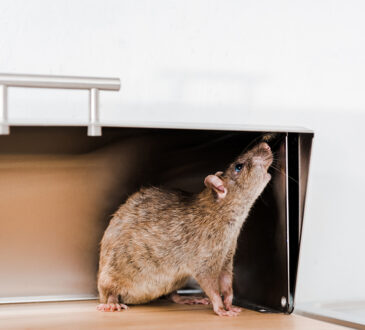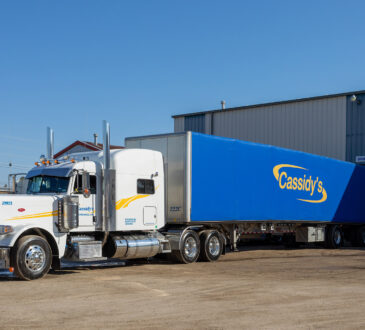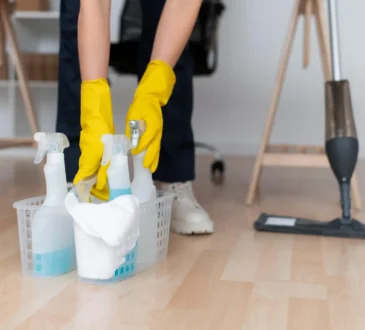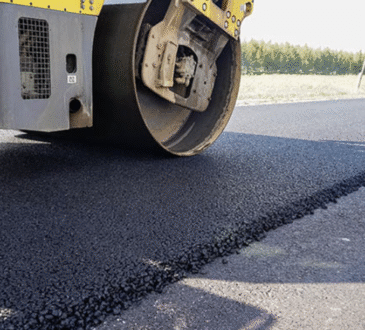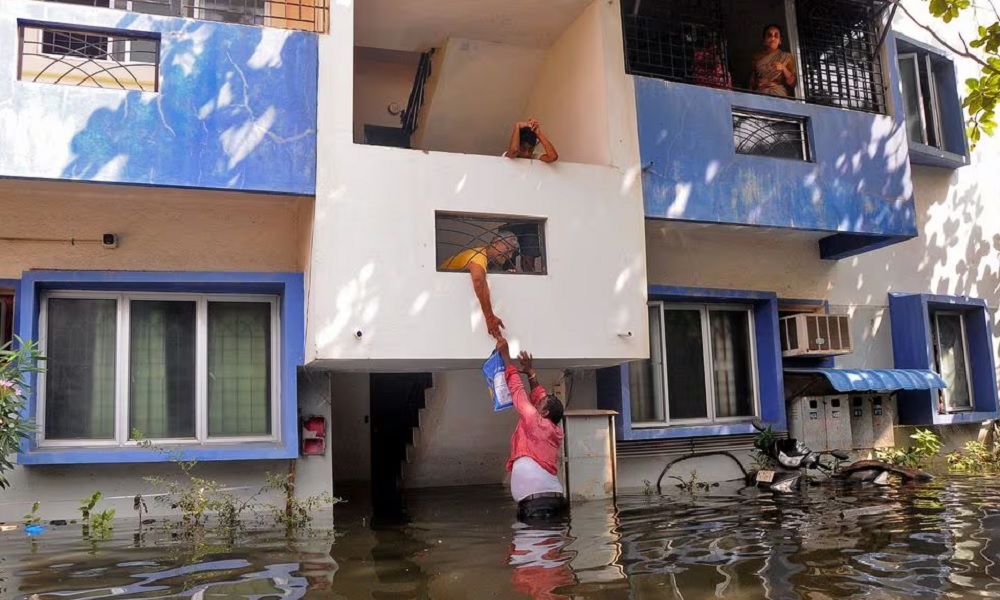
When it comes to protecting your home and loved ones, being prepared for disasters is of utmost importance. Natural disasters such as earthquakes, hurricanes, floods, and wildfires can strike unexpectedly, leaving you with little time to react. By taking proactive measures and implementing a comprehensive disaster preparedness plan, you can minimize the potential damage and ensure the safety of your family.
Creating a Disaster Preparedness Kit
One of the first steps in preparing for any disaster is to assemble a well-stocked disaster preparedness kit. This kit should contain essential supplies that will sustain you and your family for at least three days. Here are some items you should consider including:
- Non-perishable food items
- Bottled water
- First aid kit
- Flashlights and extra batteries
- Extra clothing and blankets
- Emergency cash
- Important documents (e.g., identification papers, insurance policies)
- Medications and prescription drugs
- Basic tools and a multipurpose knife
Make sure to regularly check your disaster preparedness kit and replace expired items or items that have been used. Additionally, consider the specific needs of your family members, such as infants, elderly individuals, or individuals with special medical conditions, and adjust the contents of your kit accordingly.
Developing an Emergency Communication Plan
In times of disaster, communication becomes vital. Having a well-defined emergency communication plan can help ensure that you and your family stay connected and informed. Here are some steps you can take to create an effective communication plan:
- Designate an out-of-area contact person: Choose a relative or friend who lives outside your immediate area to be your family’s central point of contact. This person can help relay important information if local communication lines are disrupted.
- Establish meeting places: Identify safe meeting places both inside and outside your neighborhood, in case you need to evacuate or cannot return home.
- Share emergency contacts: Make sure every family member has a list of important emergency contacts, including local authorities, hospitals, and utility companies.
- Teach children emergency procedures: Educate your children about what to do in case of a disaster, including how to call for help and where to go if they are separated from you.
Securing Your Home
Another crucial aspect of disaster preparedness is securing your home to minimize potential damage. Consider the following measures:
- Reinforce windows and doors: Install storm shutters or plywood panels to protect against strong winds and flying debris.
- Anchor heavy furniture: Secure heavy furniture and appliances to prevent them from toppling over during an earthquake or strong winds.
- Clear surrounding areas: Trim trees and remove dead branches to reduce the risk of falling trees or limbs damaging your home.
- Install smoke detectors and fire extinguishers: Make sure your home is equipped with working smoke detectors and fire extinguishers on each floor.
- Know how to shut off utilities: Familiarize yourself with the location of gas, water, and electricity shut-off valves and learn how to turn them off in case of emergencies.
Staying Informed
Lastly, staying informed about potential disasters and emergency situations is crucial. Sign up for local emergency alerts, listen to weather updates, and stay connected with community resources. Additionally, consider taking first aid and CPR courses to enhance your ability to respond effectively during emergencies.
Remember, disaster preparedness is an ongoing process. Regularly review and update your disaster preparedness plan, conduct drills with your family, and stay informed about new developments and resources available in your area. By taking these proactive steps, you can be ready to face any home disaster with confidence.

